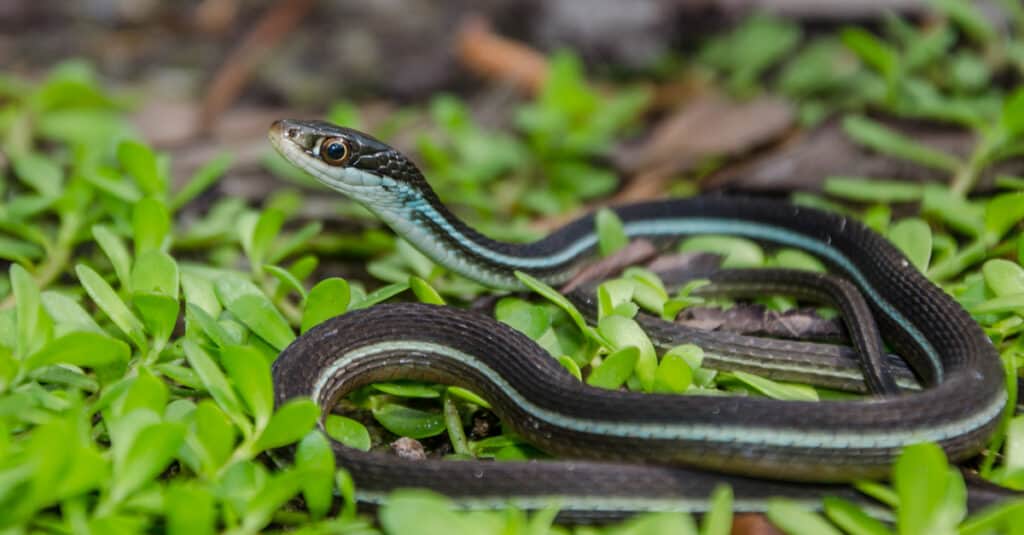Introduction
Tiger serpents are amongst the most popular and been afraid reptiles in Australia, commonly recognized for their striking look and powerful venom. This short article intends to look into the complexities of the tiger snake's environment, distribution, actions, and what one can expect when experiencing these remarkable animals. Preventing snake bites Australia By understanding where to find them and exactly how to navigate possible threats, you can value their duty in the ecosystem while guaranteeing your safety.
Tiger Serpent Environment: Where to Find Them and What to Expect
Tiger serpents are mainly located in southeastern Australia, including Tasmania, where they grow in a variety of environments. Their adaptability permits them to inhabit diverse surfaces such as coastal areas, wetlands, meadows, and even urban locations.
Geographical Circulation of Tiger Snakes
The geographical reach of tiger snakes extends across numerous Australian states. They are particularly common in:
- Tasmania: The Tasmanian tiger snake is just one of the most recognized subspecies. Victoria: Found near water bodies like rivers and lakes. New South Wales: Choosing bushland locations close to water sources. Western Australia: Even more typically seen around swamps and estuaries.
Understanding the geographical circulation is essential for both conservation efforts and Pre-hospital Care public awareness pertaining to experiences with these snakes.

Preferred Habitats of Tiger Snakes
Tiger snakes grow in various habitats. Below are some regular settings where they may be discovered:
Wetlands: They favor marshy or boggy areas where they can access target easily. Coastal Regions: Near coastlines or rocky shorelines offer abundant food sources like fish and amphibians. Forested Areas: Dense undergrowth offers shelter from killers while offering searching grounds.Behavioral Patterns Connected to Habitat
Understanding tiger snake habits within their environments is crucial for communication management:
- Nocturnal Activity: Tiger snakes have a tendency to be more energetic during twilight hours (sundown and dawn), making them more difficult to find during daytime. Territorial Nature: They display territorial habits; therefore, it's vital to value their area if encountered.
This understanding can aid mitigate undesirable communications in between human beings and tiger snakes.
Are Tiger Snakes Venomous?
Yes, tiger serpents are certainly venomous. Their poison includes neurotoxins that can cause paralysis and even death if untreated.
What Makes Their Poison Dangerous?
The potency of a tiger serpent's venom differs relying on several elements:
- Geographic location Individual health Quantity injected during a bite
Symptoms of a Tiger Snake Bite
Recognizing symptoms early is important:
- Pain at the bite site Swelling Difficulty breathing
Immediate clinical attention is necessary if bitten.
First Aid for Snake Bites
Knowing emergency treatment procedures can be lifesaving in instance of a serpent bite.
First Help Tips for Snake Bites
Stay calmness; keep the damaged location still. Call emergency solutions immediately. Apply a pressure plaster above the bite site. Keep the specific lying down till help arrives.Following these steps can substantially boost results complying with a serpent encounter.
Where Else Can You Come Across Tiger Snakes?
While they're commonly found in their natural habitats, urbanization has actually caused raised encounters with humans.
Urban Encounters
Tiger serpents may venture into gardens or parks searching for food or water sources.
Precautions When Treking or Exploring
When checking out locations known for tiger snake environments:
- Wear thick boots Stay on paths Be vigilant
Taking these precautions will certainly assist minimize risks while you enjoy nature.
Baby Tiger Snakes: An Unique Perspective on Growth
Just like grownups, baby tiger serpents are birthed venomous however smaller in size.
Characteristics of Child Tiger Snakes
- Size: Generally around 20-- 30 centimeters when born. Appearance: Sport similar coloration as grownups yet might have lighter bands initially.
Understanding their advancement assists in valuing their ecological duty from infancy onward.
FAQs concerning Tiger Snakes
1. Are all tiger snakes venomous?
Yes, all types of tiger serpents possess poison capable of creating significant harm.

2. How can I identify a tiger snake?
Look for distinct banding patterns varying from yellowish-brown to blackish colors along their bodies; grownups usually grow between 1-- 2 meters long.
3. What should I do if bitten by a tiger snake?
Seek immediate medical attention; apply first aid actions as talked about earlier while keeping calm.
4. Do child tiger serpents present any type of danger?
Absolutely! Despite their tiny size, infant tiger snakes are still venomous and can deliver attacks that need major medical attention.
5. Exist any kind of specific habitats I should avoid?
Avoid going through dense underbrush or near stationary water where problems prefer snake visibility during warmer months.

6. Just how do conservation efforts affect tiger serpent populations?
Conservation efforts concentrate on environment preservation which straight affects populace security by making sure enough food sources and safe breeding locations.
Conclusion
In recap, recognizing "Tiger Snake Habitat: Where to Find Them and What to Anticipate" not just improves our understanding regarding these exceptional reptiles but also improves our ability Educating about venomous snakes to coexist safely with them in shared environments. From acknowledging their favored habitats to understanding exactly how to respond successfully if bitten, extensive expertise equips us all-- whether we're wild animals fanatics or informal hikers-- to value this interesting aspect of Australia's natural heritage while prioritizing our safety.
This short article acts as a substantial overview on whatever related to tiger snake habitats! Whether you're an enthusiastic traveler or somebody looking simply for info regarding these creatures, understanding just how they communicate within their ecosystems-- and how we suit that photo-- is crucial!